Willerby Heritage: Their holiday homes history
From beehives to holiday homes - We trace the evolution of Willerby holiday homes from humble – or should we say bumble? – beginnings to its status today as the UK’s largest manufacturer of holiday homes and lodge.
Words by Val Chapman
Willerby is the UK’s largest manufacturer of holiday homes and lodges – and it has a history going back over 70 years. This now-giant manufacturer started in a very tiny way, the brainchild of one man, Walter Allen, who made beehives.
This is the story of how Willerby grew from an embryonic company in a small village to the 90-acre site it occupies today.
A timeline of innovation
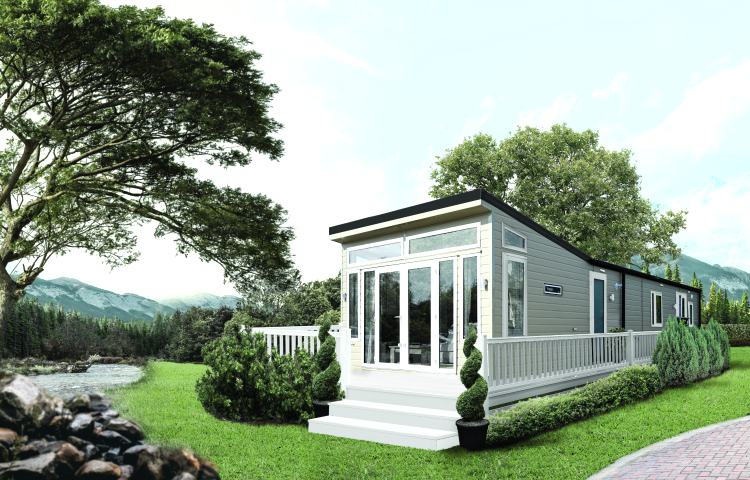
Walter Allen had a thriving business making beehives. In 1946 he saw an opportunity at the time when the concept of holidays and leisure time was just beginning to emerge. He switched from beehives to caravans.
The company takes its name from the village where Walter Allen began manufacturing caravans. The beehive element of the heritage lives on, too – today in the form of the emblem for the company and, in particular, for the Willerby Owners’ Club.
Buying Your First Holiday Home - 2023 special edition
Find out everything you need to know about buying your first holiday home, or choosing your next one, with the new edition of Buying Your First Holiday Home.
The transition from beehives to caravans came after Walter’s beehive manufacturing company, the Yorkshire Apiary Company, was commissioned to produce temporary buildings for use following the Second World War. He added chassis to the ‘buildings’ – and the concept of Willerby caravans was born.
Walter Allen and his business partner, John Richardson, then began manufacturing caravans in the village of Willerby. They started in 1946, with a caravan to sleep two, on a steel frame and with a roof of stretched waterproof canvas. And the price? £150! This caravan was called the York, after the Yorkshire Apiary Company.
In 1947, 1,000 York caravans were sold. After the York came the Willerby Junior, at £279. A deluxe version had two beds and, for an extra £27, buyers could have a two-radiator heating system. Willerby was now established as a founding member of the caravan industry in Hull.
‘Living caravans’
Walter Allen seized an opportunity in the market for caravans that were not intended to move and, in the early 1950s, produced the first of what he called ‘living caravans’, with a lounge, kitchen, bedroom and bathroom. This paved the way for Willerby’s success over the following decade.
Exports began; by the mid 1950s more than 20% of Willerby’s production was exported.
From canvas to glass-fibre
After canvas roofs came glass fibre roofs. Walter Allen pioneered the use of glass-fibre not
only for roofs but for a one-piece moulded caravan called the Vista. It was 17ft 8in long and 7ft 6in wide. In its day, its size limited its appeal and so the tiny glass-fibre Vogue was created, just 14 feet long and sleeping four.
Willerby the pioneer
Then came Willerby’s first residential home, with central heating, built for a park in Devon. This model established Willerby as a pioneer in the developing mobile home industry.
In 1962 the New Home, 28ft by 8ft, arrived, capable of sleeping six.
For an extra £21 buyers could get a flush toilet; for £12 a gas water heater could be installed and £20 bought electrical installations; with those options, the New Home cost £575.
Europe’ largest manufacturer
By the end of the 1960s Willerby was moving away from touring caravan manufacture and steadily introduced more holiday homes.
By 1987 Willerby had a portfolio of 18 models, and had 23% of the UK market. The company outgrew its site in Willerby and moved to its present site in Hedon Road, Hull. Factory expansion in the late 1990s saw Willerby become Europe’s largest holiday home manufacturer.
Today, with a 70-year celebration under its belt, Willerby continues to be at the forefront of innovation, with holiday homes in all price brackets and three residential park homes, too. The company makes seven lodges, 15 holiday homes, of which the Vogue is one, plus bespoke lodges.
Back through the archives
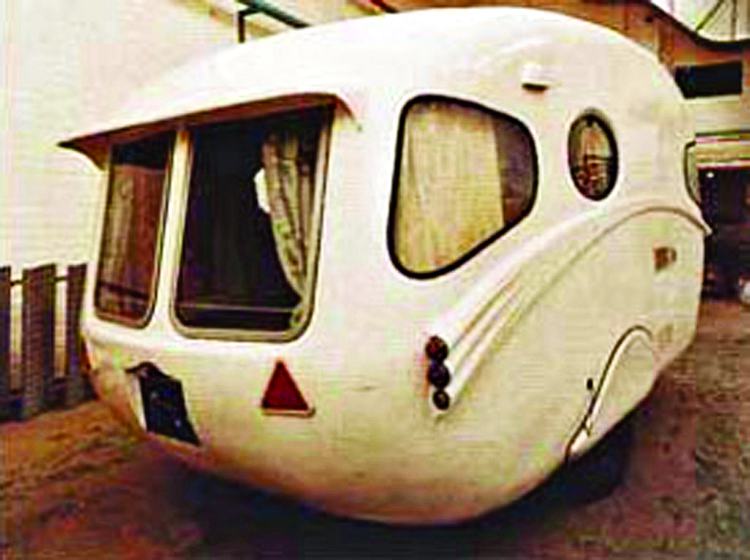
So what were the early Willerbys like? They were of course built long before such basic amenities as running water and heating entered the caravan world. The earliest image in Willerby’s archive shows a 1946 ‘holiday home on wheels’ with angular lines. It was a big, chunky beast – and the image shows it being towed by an equally big beast of a car.

Then, though, came something totally different. The Willerby Vogue. This was a tiny tourer, with sleek, rounded body lines, large windows (considering the small size of the caravan) and really cute looks. The images on this page show one of the original Vogues before and after its restoration – the restored Vogue is on display at Willerby’s Hull showground alongside new holiday homes.
The forerunner of the new Vogue Classique

One of the early Willerby models was a tiny touring caravan called the Vogue. One of these survived and was discovered, in need of serious renovation – which was meticulously carried out, in time for, and in celebration of, the launch of the 2019 Vogue Classique holiday home. This sophisticated and elegant holiday home is reviewed in this issue.
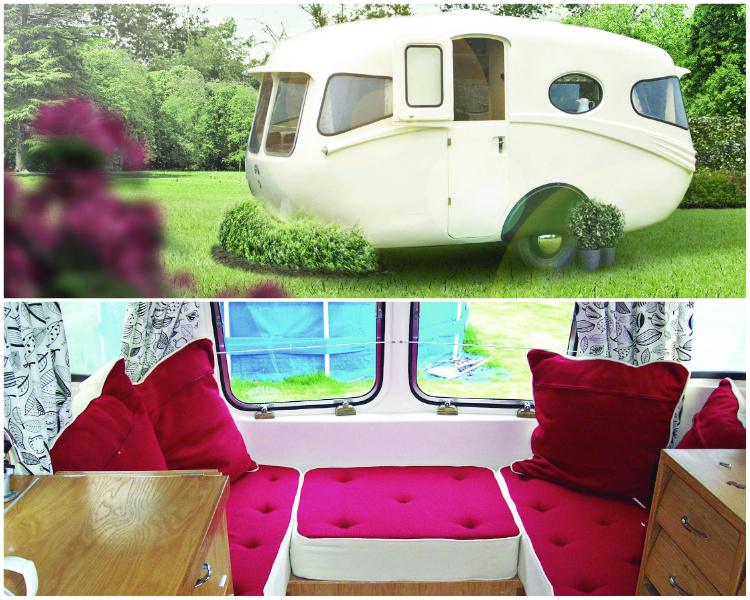
1950
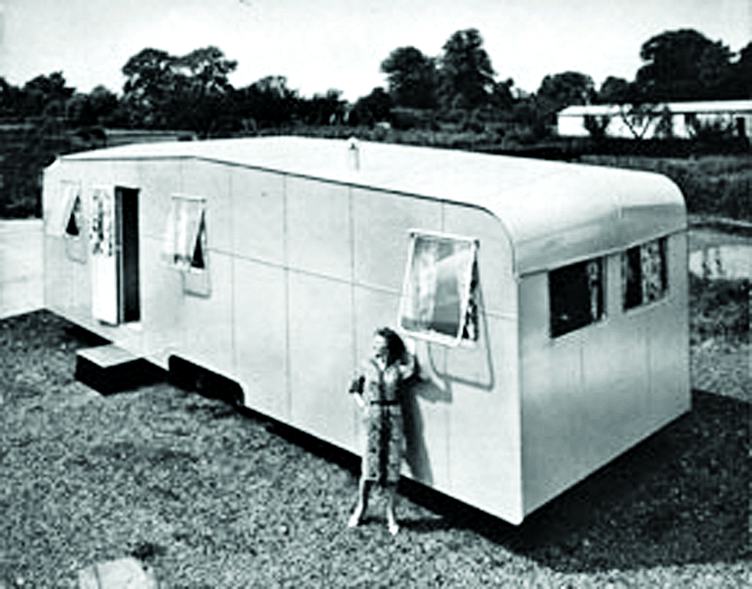
Also in the 1950s, Willerby made larger touring caravans; another image from Willerby’s archives shows a family tourer with a front window style typical of this era – a wide central window and small windows on each side of it. Still long before heating and showers.
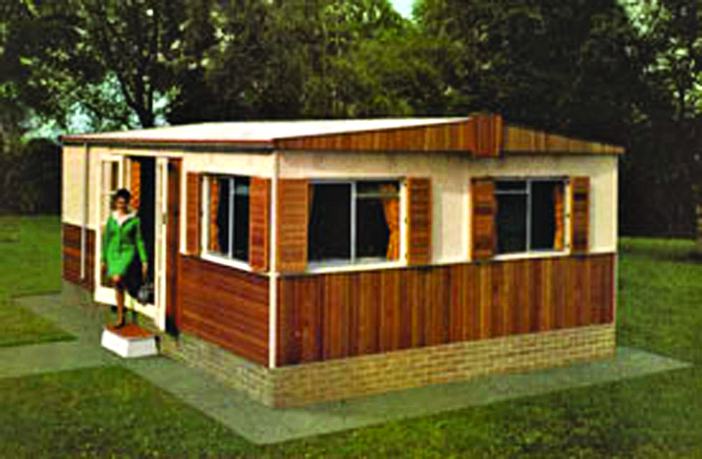
Larger models came along, too; this was before the distinction between touring and static caravans segmented the market. These big tourers were designed to be all-purpose, but touring caravans of this era didn’t enjoy the best of reputations for tow manners!
1960
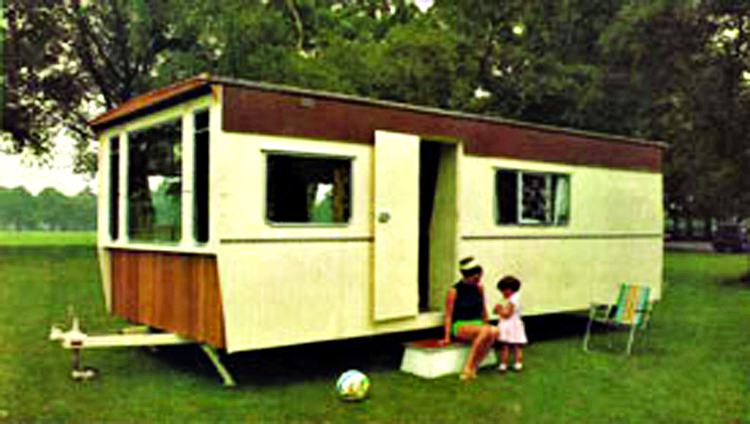
Then came the start of the lodge era, with the wood-clad Willerby pictured. And more statics, in the 1960s, and, in the 1970s, with the bright orange that was then fashionable in caravan fabrics being introduced for exterior panels, too! Interior wooden- clad walls mirrored house décor fashion in that era – and so did the boldly-patterned carpets!
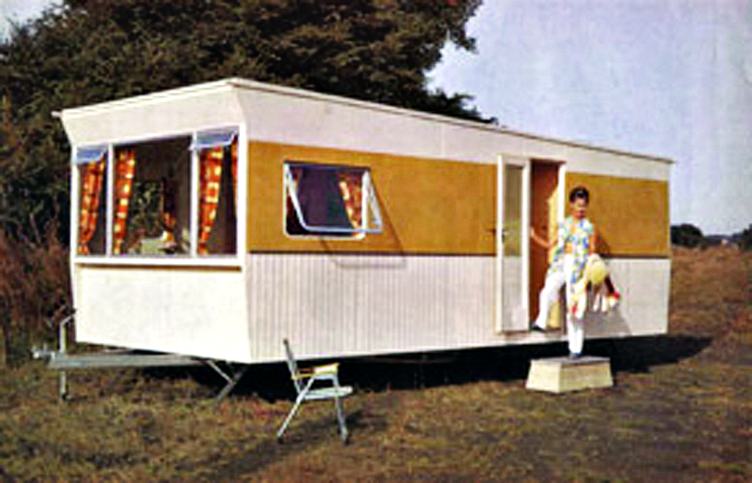
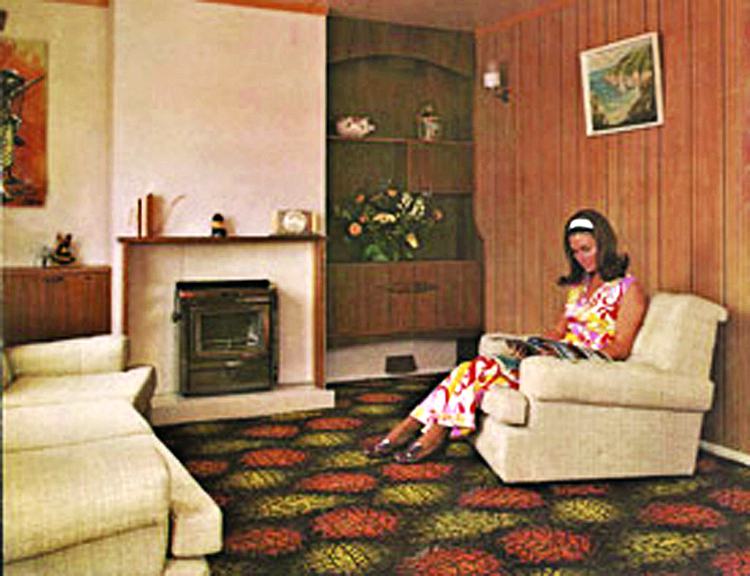
Above: The design statements of the 70s: wooden cladding as a wall décor feature – and boldly patterned carpets!
1980
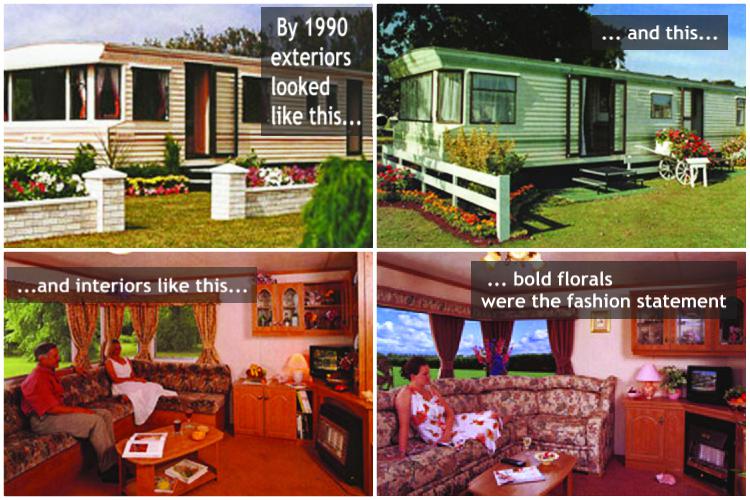
By the 1980s exterior styling had moved on in leaps and bounds, and shades of green looked smart. Still very angular in the 1990s, though… And with what we’d now consider to be overbearingly floral fabrics.
Looking back at these archive images is a fascinating insight into the origins of today’s Willerby portfolio of super-modern holiday homes. Willerby is one of the largest employers in Hull.
Down the years of development and expansion it hasn’t only been the factory that has grown in size. Holiday homes were once made to a maximum size of 10ft by 36ft, restricted by park pitch size and transport considerations.
Then came the advent of making holiday homes in two halves, joined together once on a park, so that larger units could be transported – a huge leap forward in holiday home development. The concept of the holiday lodge was born.
Contact
Willerby
Hull Showground, Greatfield Lane, Marfleet Lane, Hull, East Yorkshire HU9 5WA
T 01482 717599
W willerby.com
Buying Your First Holiday Home
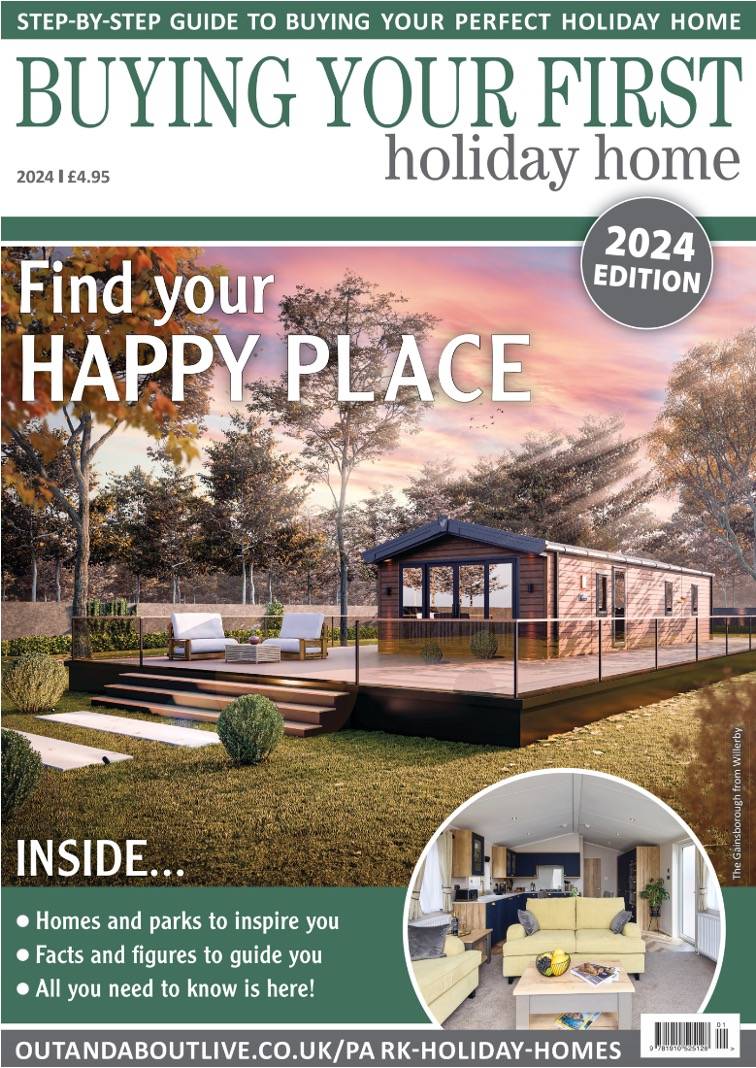
The guide is packed with expert advice and information to help readers buy the right holiday home for them. It provides details on the latest holiday homes and lodges from leading manufacturers including Willerby, Omar, Regal, Tingdene, Pemberton and Victory. It also includes a section on parks, to guide holiday home buyers on the best choice of park to suit them.
Instant access is available through our digital partner, Pocketmags.
Find out moreAbout Park & Holiday Home Inspiration magazine
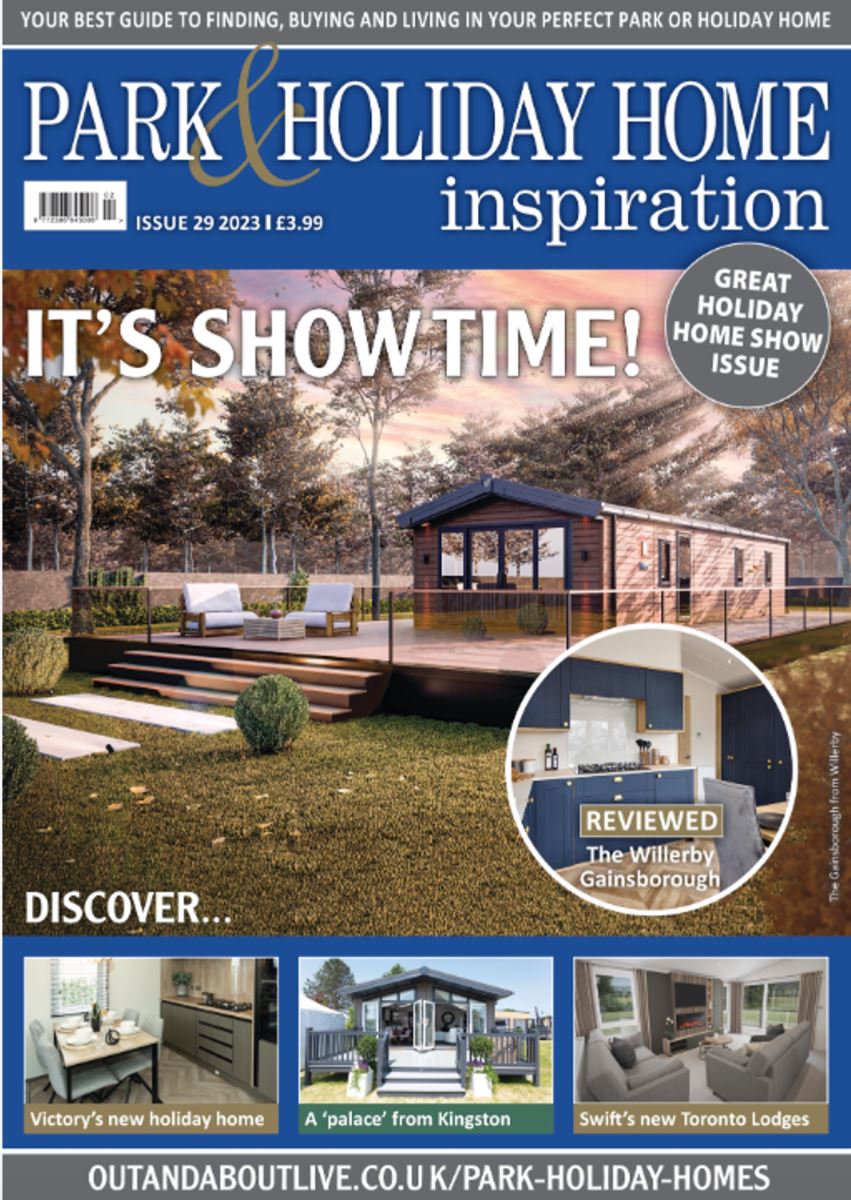
Park & Holiday Home Inspiration magazine is the best guide to finding, buying and living in your perfect park or holiday home. The magazine is ideal for both the budding buyers to be, or for those who have been living the life of luxury for years.
Want to know more?
Park & Holiday Home Inspiration







Recent Updates
Park home surveys: all you need to know
For buyers of pre-owned park homes, a survey is vital to make sure the property you're buying is structurally sound and has been properly valued - ...
Selling a park home: all you need to know
Selling your park home is rarely an easy decision, so make the process easier with our guide to managing the ...
Park home energy: all you need to know
Make your park home more energy efficient with these tips, helping to save you money and be more ...
Park home refurbishment: all you need to know
Maintaining the condition of your park home, from its bathroom fittings to the condition of its chassis, is ...
Living in a park home: all you need to know
What's it really like to live in a park home? What are the pros and cons, the fees involved and the most ...
Forest retreats: all you need to know
Relax and immerse yourself in nature with a holiday home forest retreat, fusing the community and perks of a ...
Our guide to holiday homes by the sea
If you're interested in buying a holiday home, chances are you're going to look at a coastal holiday park – ...
Holiday homes for all budgets: our guide to mid-level holiday homes
If you are looking for a quality holiday home but don’t want to buy at the top end, the good news is that you ...
Holiday homes for all budgets: our guide to affordable holiday homes
Buying a holiday home on a budget may initially seem a daunting prospect – but there is a lot of choice out ...
Park and holiday home decking: everything you need to know
Decking is a fantastic addition to your holiday home, helping you to enjoy a more outdoorsy lifestyle ...
Other Articles
Park and holiday home finance: everything you need to know
Looking to buy a park or holiday home on finance? While holiday home mortgages are off the table, you can find great finance deals on park and ...
Park home part exchange: what you need to know
Our essential guide for anyone thinking of buying a residential park home using part exchange, including ...
Solar panels for park homes: our advice
If you're considering installing solar panels on your park home, you're far from alone – this growing trend ...
Buying a park home: 10 things to consider
Buying a home on a residential park is a huge and exciting step. Here is our comprehensive guide to making ...
Park home and holiday home chassis: everything you need to know
The chassis underpins the structural integrity of a park home or holiday home. This guide to the essentials ...
Holiday home and park home insurance: your complete guide
Specialist insurance is key to finding the cover most suitable for both park and holiday homes. Read our ...
Park home maintenance advice
Your park home chassis, roof and guttering need to be kept in top condition and older homes may benefit from ...
Park home construction: everything you need to know
A complete guide to park homes, including how and what they are made of ...
Park home paint: how to keep your park home in pristine condition
Our guide to painting your park home and keeping it looking its best ...
A top choice of holiday homes for sale
For your perfect home away from home, take a look at this great selection ...